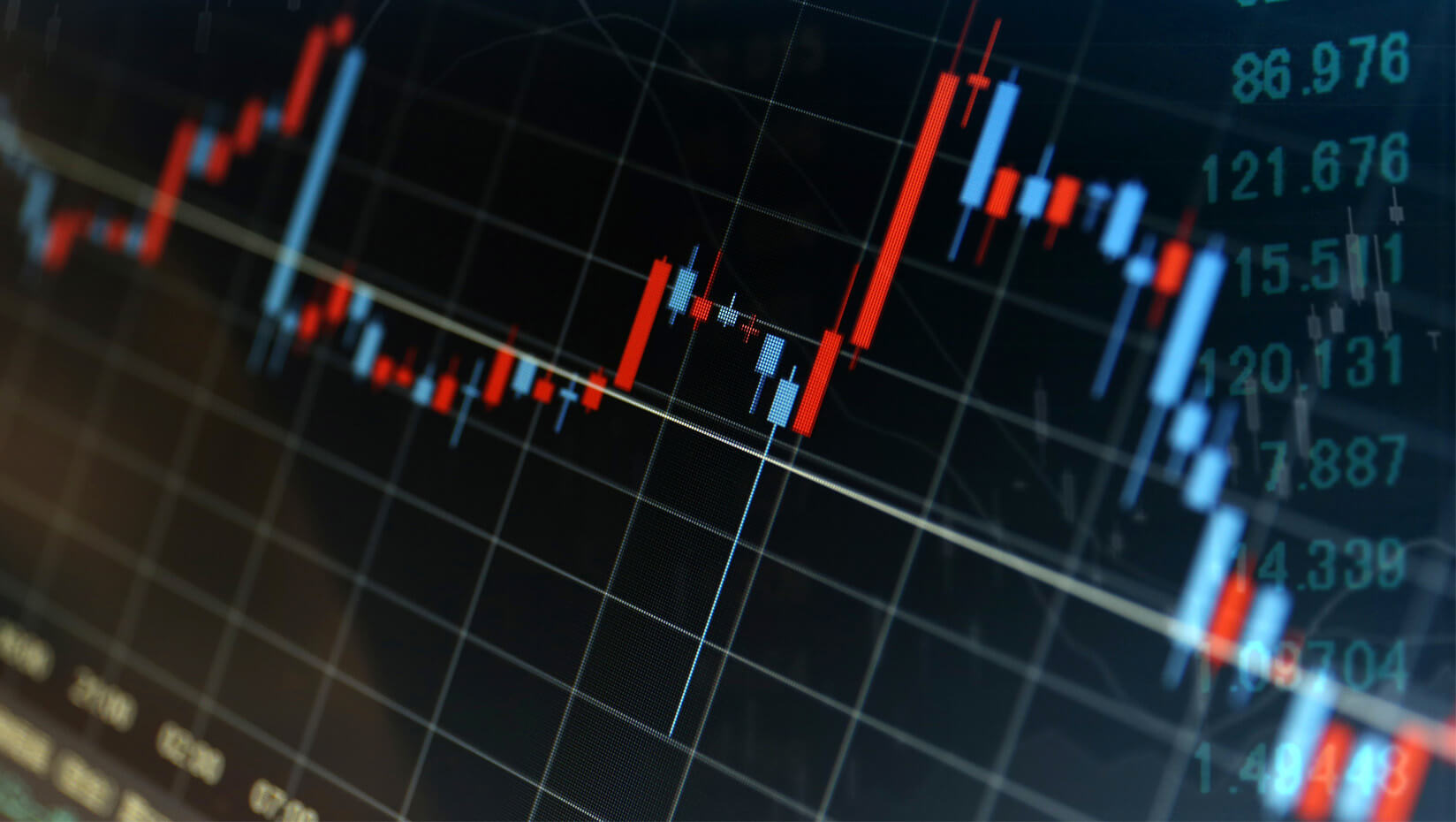
The human costs of financial crises: linking market sentiment to human capital loss
Global financial crises and the severe economic hardships they impose on millions of people worldwide can sometimes lead to violent and fatal outcomes, according to a new study from the University of Maine. The research, which links periods of economic turmoil to increased rates of suicide and murder-suicide, illuminates the often overlooked and understudied loss of human life as a direct consequence of market instability.
The results of the study, which included an analysis of data from the Centers for Disease Control and Prevention (CDC) and Bureau of Labor Statistics, find that the rates of suicide and murder-suicide (where the perpetrator takes his or her own life shortly after a murder) can be predicted by shocks to the national economy, like the recent Great Recession.
However, according to the study’s lead author Pankaj Agrrawal, these tragic outcomes, termed “direct human fallout,” lag behind the economic events that trigger them by two years — an important finding that identifies a crucial window for proactive government or public health policies or interventions to help prevent irreparable loss of life and human capital.
The paper, “Suicides as a response to adverse market sentiment (1980–2016),” co-authored with Doug Waggle, professor of accounting and finance at the University of West Florida and Daniel Sandweiss, professor of anthropology and climate change at UMaine, was recently published in the journal PLOS ONE. Agrrawal, an associate professor of finance in the Maine Business School, spent nine years on the project, evaluating the records of more than 2.5 million non-natural deaths reported by the CDC.
As economic systems struggle, so do the people who rely on them. The collapse of the housing market, which began at the end of 2006, set off what would become the most severe global financial crisis since the Great Depression. Between 2007 and 2010, it is estimated that U.S. families lost nearly $6 trillion of personal wealth — a sum equivalent to 39 percent of the U.S. national Gross Domestic Product (GDP).
Economic recessions or depressions can bring on significant economic hardships for individuals and families. Many people lose or are threatened by the loss of employment, income, investment value, retirement savings and assets — including their homes. These prolonged financial stresses can be devastating, particularly for seniors or those with limited savings. So much so, it can ultimately lead to violent and untimely deaths, according to the study.
Agrrawal and the researchers investigated these fatal events as the final breakdown of the human spirit in individuals reeling from the impacts of the global financial crisis during the Great Recession, and found that incidents of suicide rise as economies and markets fall.
According to the study, the variability in suicide rate, as well as the speed it changes from year to year, can be explained, in part, by changes in the national unemployment rate, the GDP growth rate, inflation rate and stock market returns.
Suicide and unemployment rates are particularly correlated. From 2005 to 2010, the unemployment rate climbed from 5.1 percent to 9.6 percent. Over the same period, suicide rates also climbed — from 10.9 persons to 12.1 persons per 100,000.
Perhaps the most important of the study’s findings is the two-year lag between economic stress and the eventual rise in suicide rates. According to the authors, the delay accounts for the time it takes economic hardships, like job loss and home foreclosure, to affect an individual’s mental health to such an extent that they take their own or others’ lives. This lag, however, opens a “window of opportunity” for support systems to be put into place to help prevent these unfortunate acts.
In terms of impact and severity, the Great Recession is second only to the Great Depression which began in 1929. The authors note that in each case, the suicide rates reached their highest points about two years after the markets hit their lowest point. At its peak in 1932, the suicide rate during the Great Depression reached 22.1 persons per 100,000.
The authors suggest that the current suicide rate, which is still far lower than the rate seen during the Great Depression, is a testament to the modern support systems already in place, but acknowledge that more could be done.
As a result of the collapse of the housing market, more than $450 billion of federal money was allocated to failing financial institutions through the Troubled Asset Relief Program (TARP) to help stabilize the market. Studies like this, which highlight the direct human cost of economic crises, will raise the awareness of policymakers and inspire new strategies and perhaps federal revenue streams that support agencies and programs to help individuals severely impacted by economic stress — not just financial institutions — well before things turn fatal.
“Finance journal articles focus on monetary alpha, which is the return on a portfolio in excess of the benchmark. We think it is important to be aware of the loss of human capital as a consequence of market instability and to put in place systems that can prevent avoidable loss,” says Agrrawal, who hopes the research impacts lives beyond the few extra dollars that can be made in the stock markets.
Contact: Walter Beckwith, 207.581.3729
